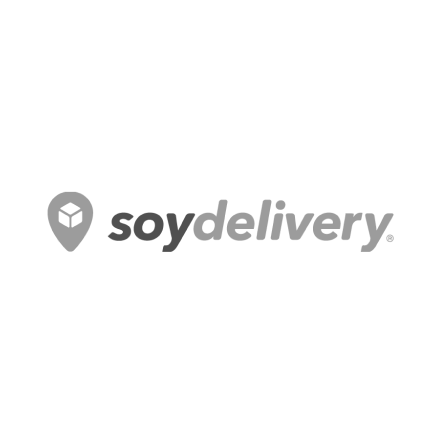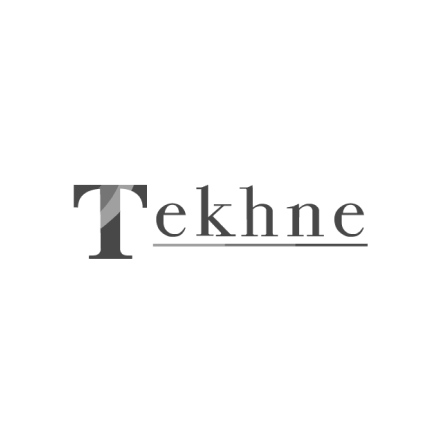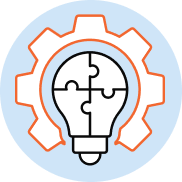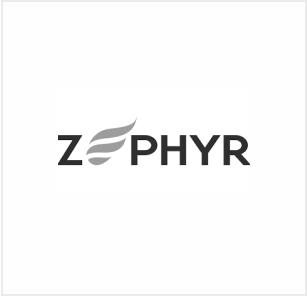types of testing
Functional Testing Service
We focus on identifying software problems early to mitigate risks, enhance user satisfaction, and reduce costs.
Deliver quality software from day one
Our Functional Testing Service aims to catch software issues early in the development process, reducing risks, improving user satisfaction, and minimizing long-term costs. We understand that applications often fail due to problems in specifications, design, or implementation, which can lead to poor user experiences and expensive maintenance. By conducting thorough functional testing at every stage, we detect and address critical issues before they impact your users. This proactive approach not only enhances the quality of your software but also boosts user confidence and ensures smoother, more reliable releases.
Functional testing that exceeds expectations
We validate software by testing each function against its requirements and specifications. Through detailed testing and input verification, we confirm that the software behaves as designed, meeting all functional criteria for a seamless deployment.
Types of Functional Testing
We use a variety of tests that fall under the heading of functional testing.
Our teams consider each of them as they all work together to ensure broad coverage:
Our teams check the data flow from one module to another. In this case, we are looking at application behavior and how multiple parts of the application communicate.
We ensure all interactions between interfaces work as expected, such as input fields, submission buttons, web front ends, mobile apps, and API connections.
We validate the entire software product, including the web front end, mobile app, backend database, and all interacting modules.
We run these tests to ensure new code additions and changes do not have a negative effect or introduce bugs to existing features.
Determines if a new software version performs well enough to continue with further testing efforts.
This testing is done to verify that the system meets the business requirements and is ready to be delivered to the customer.
Basic initial testing to examine the major features of an application without going into specific details.
Work process
Our test teams follow a detailed, structured process that may include the following areas:

Requirements analysis
We will collaborate with customers to ensure agreement on the client’s functional specifications.

Test planning
Our test teams will define the scope and approach of the testing activities.

Test case development
By creating test cases based on documented requirements, we ensure your application is thoroughly tested.

Test environment setup
We configure the hardware and software environment to ensure all components are installed, updated, and ready for testing.

Test execution
We will run through the test case cycles and record the results of our testing.

Defect logging
Our testers collaborate with your development team to log defects, ensuring timely updates and code fixes.

Test reporting and completion
We update your team on completion criteria based on coverage, quality, cost, time, and release schedule.
What our clients are saying

“Performance testing is so much more than running a script and reporting response times. It require high technical expertise and collaboration with different stakeholders, to achieve impactful project contributions.”
Nombre Apellido
Rol del cliente y Empresa

“Performance testing is so much more than running a script and reporting response times. It require high technical expertise and collaboration with different stakeholders, to achieve impactful project contributions.”
Nombre Apellido
Rol del cliente y Empresa















Why choose QAlified?
QAlified is a trusted partner committed to excellence, ensuring your software meets the highest quality and user satisfaction standards.

Certified expertise
Partner with seasoned experts with a proven track record across diverse industries.

Leading tools and methods
We use top testing tools for better communication, transparency, and efficient project management.

Flexible approach
Tailored methodologies support Agile, Waterfall, or V-Model development processes.

Comprehensive testing
Our team excels in structured and exploratory testing, ensuring complete coverage.

Proactive issue detection
We identify errors early, offer improvement suggestions, and reduce lifecycle costs.

Quality assurance focus
Our focus on quality reduces risks, boosts satisfaction, and ensures reliable applications.
Tools
We use a variety of testing tools to help meet our functional testing objectives, including:







Test strategies
Functional testing ensures software performs as intended, using a mix of structured, planned, and exploratory tests based on the project's needs, timeline, and methodology.

Structured Planned Tests
These predefined tests, based on software specifications, cover all documented requirements and ensure the application behaves as expected in a controlled environment.

Exploratory Tests
Less formal testing explores the software to identify defects, useful when requirements are unclear or in complex systems, with testing levels breaking the process into stages.
Tests the smallest parts of an application to ensure correct functionality.
These tests focus on interactions between units to detect interface defects.
Examines the integrated software to ensure it meets defined requirements.

Acceptance Testing
Conducted to ensure the system is ready for production and meets the business needs. The choice of functional testing methodologies typically aligns with the overall development strategy:
Testing in sprints ensures features are verified before progressing.
Testing occurs after development, following a sequential approach.
This approach integrates testing with development for early defect detection.
Frequently Asked Questions
Functional testing spans several levels, including unit, integration, system or end-to-end (E2E), and user acceptance testing. We use JIRA, Mantis, or XRay to facilitate tracking and management of these testing processes, ensuring thorough documentation and efficient workflow.
API testing is conducted to verify that application programming interfaces meet functionality, reliability, performance, and security standards. These are often conducted with tools such as Postman or SoapUI.
TestLink, TestRail, and Zephyr are utilized for test case management and organization.
Confluence allows for collaboration and knowledge sharing among our testing teams.
While many tools available for these tests support automation, the core goal of functional testing—whether performed manually or with automation—is to identify and resolve discrepancies within the application to enhance its quality and performance.
While functional testing checks if the software does what it should, non-functional testing checks how well software performs under varying conditions.
These can include areas such as performance (including areas such as scalability, reliability, recoverability, and maintainability) accessibility, security, usability, localization and internationalization, and compatibility with systems.
Functional testing ensures that the software system is error-free and operational per the business requirements, which reduces the risk of failures and costly bugs after deployment.
Yes. Functional testing can be automated to speed up the testing process, particularly for regression testing and other repetitive tasks.
The choice depends on several factors, including the complexity of tests, the frequency with which they must run, and the project’s budget. Manual testing works for exploratory, ad-hoc, and usability testing, while automated testing is preferred for regression, load, and performance testing.
OUR NEWS